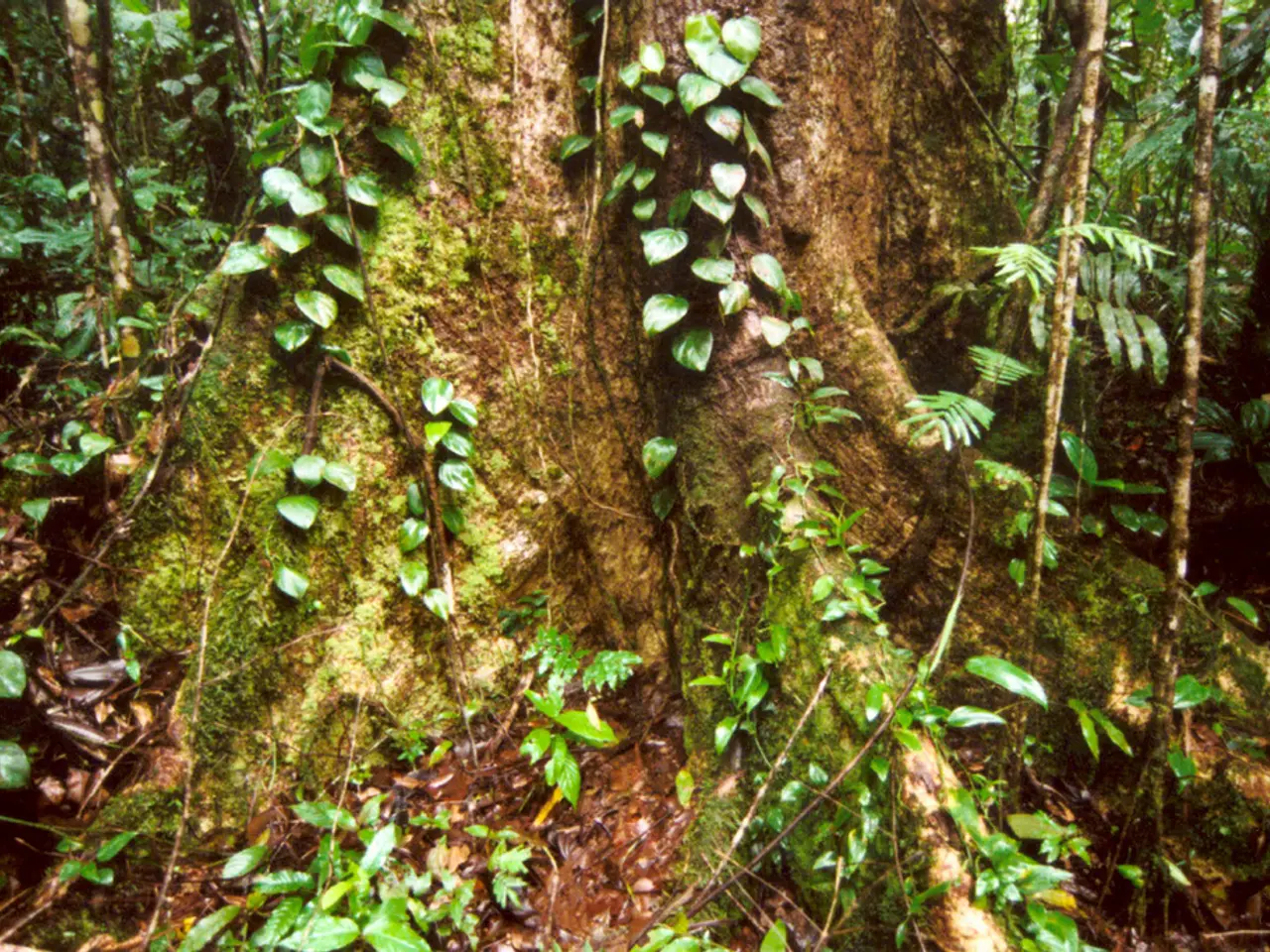Guides on Planting Bare-Root Trees and Shrubs: A Detailed Instructional Walkthrough
Planting bare-root trees and shrubs can be an affordable and effective way to establish a thriving landscape. Here's a step-by-step guide to help ensure successful establishment and health.
**Steps for Planting Bare-Root Trees and Shrubs**
1. **Prepare the Site** - Choose a suitable location that matches the sunlight, soil, and space requirements of your tree or shrub. Avoid sites near structures like buildings and power lines. - Prepare the soil by digging a hole twice as wide as the tree's root area. Mix the dug-out soil with compost or well-rotted manure to enhance soil quality.
2. **Prepare the Tree/Shrub** - Carefully untangle the roots and inspect for any damage. - Soak the roots in water for 2 to 12 hours to hydrate them before planting.
3. **Plant the Tree/Shrub** - Make sure the hole is suitable for the root mass of the tree or shrub. Create a mound in the hole to help spread the roots evenly. - Set the tree in the hole at ground level, ensuring the soil mark on the trunk aligns with the new soil surface. Spread the roots out gently. - Fill the hole with the soil-compost mix, gently tamping it down to remove air pockets. Ensure the soil is loose and friable.
4. **Water and Mulch** - Water the tree thoroughly after planting to settle the soil and hydrate the roots. - Apply a 2-4 inch layer of mulch around the tree, keeping it a few inches away from the trunk to retain moisture and suppress weeds.
5. **Post-Planting Care** - Keep the soil moist but not soggy during the first year. Avoid overwatering to prevent standing water. - Regularly check the plant's condition and adjust watering and mulching as needed.
By following these steps, you can help ensure the successful establishment of bare-root trees and shrubs. It's important to note that fertilizing at planting time should be avoided, focusing instead on watering and soil health.
Bare-root trees and shrubs are sold during the dormant season, typically between late fall and early spring. Common examples include apple, pear, cherry, peach, plum, almond, walnut, pecan, maple, oak, elm, birch, magnolia, rose, lilac, hydrangea, forsythia, raspberry, blueberry, blackberry, gooseberry, boxwood, privet, spirea, arborvitae, and more.
Remember to support taller trees in windy areas with stakes, and protect young trees from pests and harsh weather with tree guards or fencing. After planting, mulch the base with a 2 to 3-inch layer of mulch, keeping it a few inches away from the trunk to prevent rot.
With proper care and attention, your bare-root trees and shrubs will quickly adapt to their new environment and thrive.
Transforming your home-and-garden into a lush, verdant oasis can be achievable by incorporating gardening practices, such as planting bare-root trees and shrubs. For instance, you might consider adding a maple, oak, or magnolia tree to complement your lifestyle and enhance the beauty of your home-and-garden.





